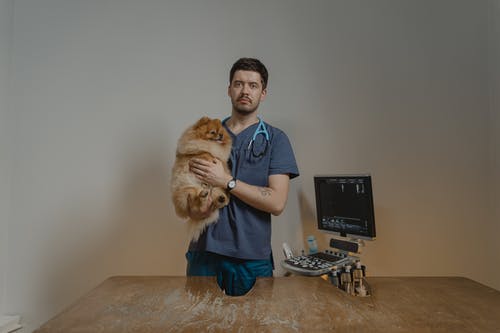A lot of pet owners assume that giving exercise, food, and sheltering a pet is all that is required to avoid health conditions. This assumption is where a lot of people get wrong– having a pet to be as healthy as it can needs diligence and substantial help from vet specialists.
Pet owners do not know when their pet is sick since the signs and symptoms have not been visible. A good example of a disease that is hard to observe is anal sac disease in dogs. This health condition does have symptoms that are subtle until it becomes worse. Being able to understand the effects of this illness can make us think twice about our dog’s overall health.
What are anal sacs and their functions?
The anal sac of dogs is a vital part of their identity. These organs are used as a territorial marker and to identify other dogs. It generally helps in determining their health, age, and some other details. These anal sacs are used extensively in their lives, and this can lead to some health issues. The Animal Emergency Center in Memphis can help with these issues.
Anal sacs or anal glands can have conditions that could have severe consequences for your dog. Being able to understand what these health problems are and what vets can do to assist in these situations is a benefit to pet owners. If you are interested in how vets can help with anal sac disease in dogs, here are some items on the veterinary process you should know about;
Signs
There are signs that are associated with anal sac disease. A lot of these signs and symptoms are related to their rear end. They might have bouts of scooting, biting, licking their rear end, and even bloody diarrhea in dogs. When these signs and symptoms are present, getting them to a veterinary clinic for emergency veterinary treatment is highly suggested.
Diagnosis
There are some aspects that could facilitate anal sac disease that assists in the medical diagnosis of this health condition. The factors may consist of; low dietary fiber, obesity, soft stool, and food or environmental allergies. As soon as these items are established, the diagnosis can begin. The procedure of diagnosis could require laboratory tests that can rule out parasites and manual physical checkups. You can click here to learn more.
Treatment
When the medical diagnosis of the disease is finalized, treatment will be advised by the veterinarian. One of the most efficient treatments that they might offer involves clearing the anal sacs, but for severe cases, flushing might be required to get rid of solidified material. This treatment is done with an anesthetic to decrease pain and discomfort and antibiotics to avoid further infection. After this treatment, pet owners should carefully observe their pet to see if there are any adverse effects that might need to have the veterinarian aware of.
Conclusion
Our dog has a part of their body that is generally ignored until the symptoms and signs of a disease get serious; anal sacs. These organs are used by our dogs in their daily routine. This organ is prone to develop the disease because of factors that we inadvertently expose them to. Fortunately, veterinarians are there to detect and treat this condition. Getting our dog to a veterinarian when we have observed something unusual would be the best course of action.








